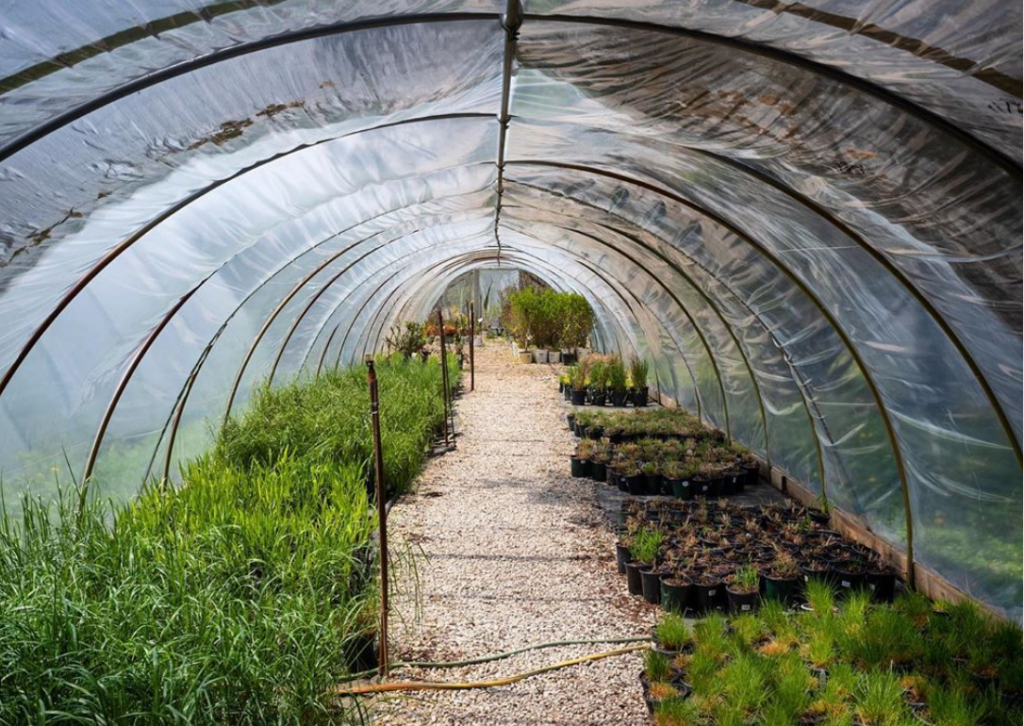
- Start your Work:
You can start each of your works as soon as you receive a notification via email and/or in the CGScholar notifications. Be sure to accept the work from the notifications tab. - Take the link provided in these notifications to a new, “Untitled” work—this work is connected to the class community for peer review. (Do not create a new work!)
- Rename your Work to something relevant to your topic (About this work — Info – use yellow pencil to edit)
- Add a Work Icon relevant to to your topic (About this work — Info)
Image: Middlescapes
Basic Work Elements
- Connection with course ideas: Each work must explicitly connect with an idea/concept introduced in the course in some meaningful way.
- Title: Change the title of your work from “Untitled” as soon as you can, going to Creator => About this Work => Info => Title(click on the word “Title” to access the Edit icon).Choose a title that would be relevant for publication.
- Work Icon, Abstract, and Keywords: Insert a work Icon that aligns with your work topic, write an abstract, and add some keywords. (About this work => Info)
- Headings: Be sure to use the structure tool (Creator => About this Work => Structure) to create at least 5 main sections with subsections and headings. Instructions on how to use it can be found in section 3.3 of the CGScholar Tutorials or the ‘Getting Started in CGScholar’ Learning Module. Use the print icon in the dark blue bar to check how your work is looking.
- Jointly Authored Works: Peer-reviewed projects are by default individually authored works. However, if you want to work with another person on a collaboratively written work, please notify us before the project starts.
- Sourcing: When you add media in the text (infographics, videos, etc.), be sure to reference their source immediately below (as a caption) and explain or discuss them in the text of your work. Use APA style for the references in the References element. Check the Extended APA Multimedia Citation Guide for more tips.
- Drafts: Draft works need to be as complete and thorough as possible, so your peers can give you meaningful feedback. Do not submit incomplete work for review.
- Deadlines: Refer to the Weekly Course Schedule for project timelines.
- Self-Review: At this time, self-review is completed as Update 5. Do not complete a self-review in CG Map or CG Scholar.
- Reviewer Feedback: Evaluate your peer reviewers by using the node in CG Map that says Overall Feedback on Feedback. How helpful was their feedback? What feedback did you apply? What would have been more helpful? What can they do to improve future reviews? Do not copy and paste your feedback; provide something meaningful and specific
- Red Flags: Do not plagiarize, or copy work from other courses. However, you may use your community updates to build your work. If you notice any problems with a work or the reviews you receive(e.g. plagiarism, offensive reviews), please inform the teaching assistant or instructor in the Confidential Feedback to Admin area in Feedback => Reviews.
Citing Media in your Works
For guidelines on citing and referencing multimodal works, you can check the Extended APA Multimedia Citation Guide.
Formatting Checklist
As you create and revise your work or complete peer reviews of others’ work, be sure that these items are addressed in order to streamline the instructor review and publication process:
- Use of APA Referencing Style: Take a moment to review this web site to guide you with revising your APA citations. (To italicize in CGScholar, use the “emphasis” icon in the toolbar or highlight the text, then use your keyboard to enter CTRL+ i or Command + i). Also, be sure to include journal title/volume/issue/page range even if retrieving from an electronic source.
- Media Inclusion and Citation: Be sure to cite all media immediately below each medium and in the references section of your work. Use the caption under each media item to mention (Creator, Year) as per APA requirements for in-text reference to cited works. For videos, just add the in-text reference right below the embed. Be sure that each item is then included in the references list. For extra style tips on citing and referencing multimedia in multimodal works, check the Extended APA Multimedia Citation Guide.
Then, for the references list, see below for a basic citation format (not all of this information may be available—just include as much as you can, minimally the title or name of the item and the URL):- Author, A. A. [Screen name]. (year, month day). Title of video[Video file]. Retrieved from http://xxxxxxxxx
- Photographer, A. (Photographer). (Year, Month Date of Publication). Title of photograph [digital image]. Retrieved from http://xxxxxxxxx
- Title and Icon: Add a brief, yet descriptive title that conveys the topic of your work (and remove reference to Work 1 or Work 2) and add a work icon (About this Work >Info).
- Structure: Use the CGScholar Structure tool for sectioning(About this Work >Structure >Add sections). If you have not done this from the start of your drafting (the Structure tool is designed to offer a flexible way to help you think about the overall design of your work), copy and paste into the new sections. Note that you can create more than one level of subheading by dragging the + icon to the right.
For guidance on this feature, refer to the Scholar job aid found at this link or check the 3.3 Section in the Getting Started in CGScholar Learning Module or the CGScholar Tutorials. - Word Count and Number of Sources: The main body of your work should be at least 3,000 words (excludes references, experiential and course alignment sections, and other work-specific exclusions) with the correct number of sources per the specific work requirements, including the designated number of scholarly sources.